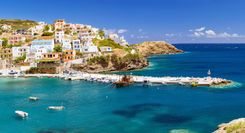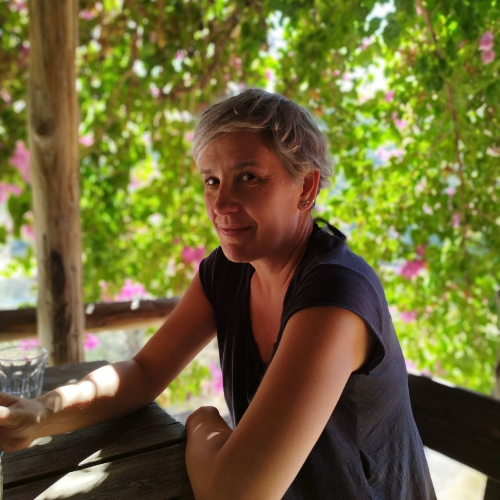Best beaches on Crete's outlying islands
If Crete’s mainland beaches feel too crowded, too polished, or just too... familiar, hop on a boat and head offshore. Crete’s outlying islands offer a different kind of beach escape – wilder, quieter, and just remote enough to feel like an adventure. You won’t find all-day beach clubs or fancy resorts here. What you will find: cedar forests spilling onto sand dunes, snorkeling spots with zero crowds, and coves that feel like they belong to you alone.
Here are two of the best Crete beaches that aren't actually on Crete.
Gaidhouronísi – the ultimate desert island experience
Also known as Chrissí Island, Gaidhouronísi lies about 6 miles (10km) off Crete’s south coast. When temperatures inland hit 104°F (40°C), locals and in-the-know travelers flee here for a cooler, more tranquil scene.
This uninhabited, cedar-covered island is just over 2.5 miles (4km) long, with soft sandy beaches, shallow turquoise water, and a vibe that screams "stay all day." The standout is Shell Beach, where the shore crunches underfoot with generations of sun-bleached mollusc shells. It’s raw, it’s beautiful, and it might just be one of the best beaches in Crete, even if it’s technically off the coast.
There are a couple of seasonal tavernas near the ferry drop-off point, but not much else. Bring water, shade, and your sense of freedom.
How to get to Gaidhouronísi
Boats leave daily from Ierápetra during summer. It’s a short, scenic trip across shallow, brilliant blue water – roughly 45 minutes each way.




















